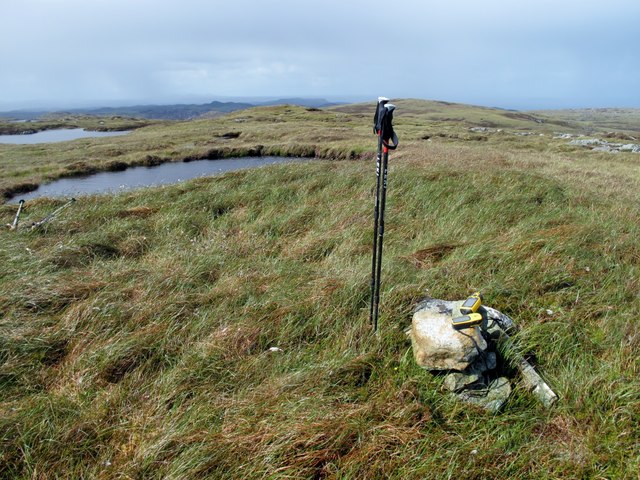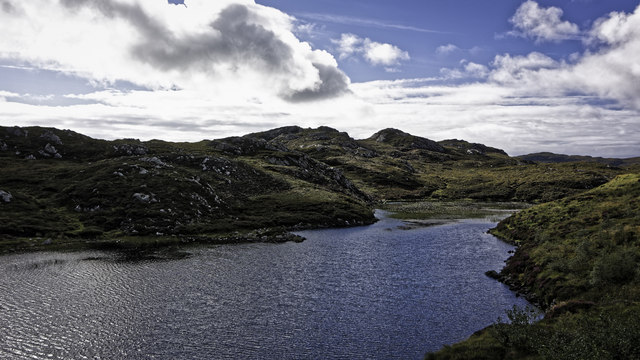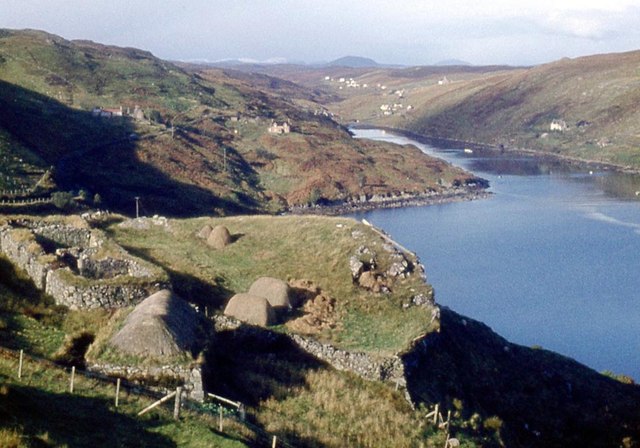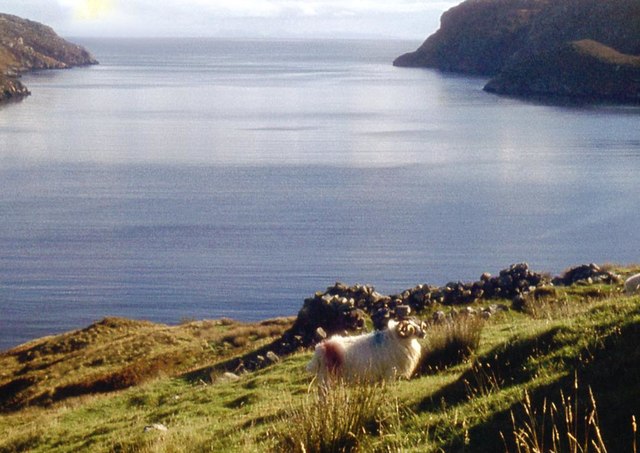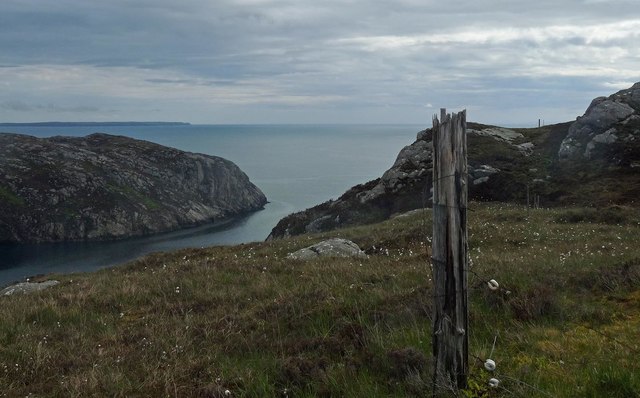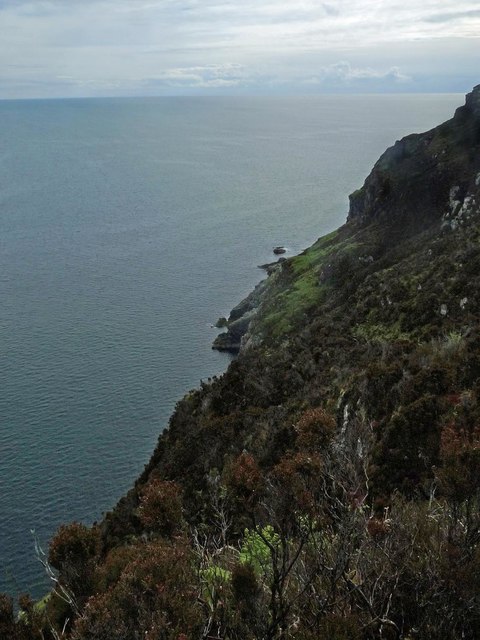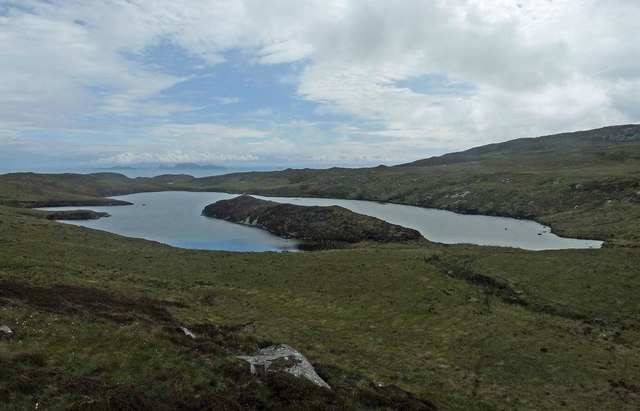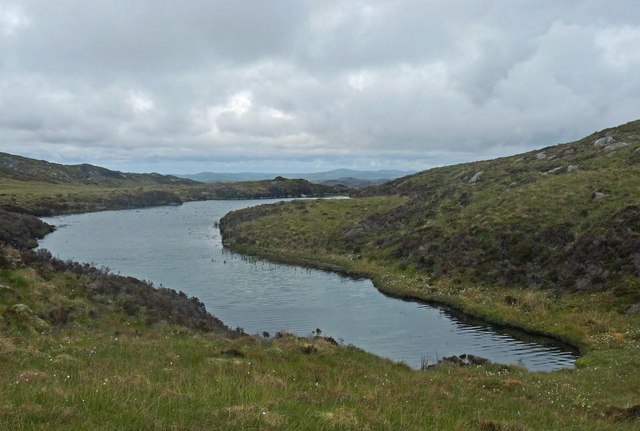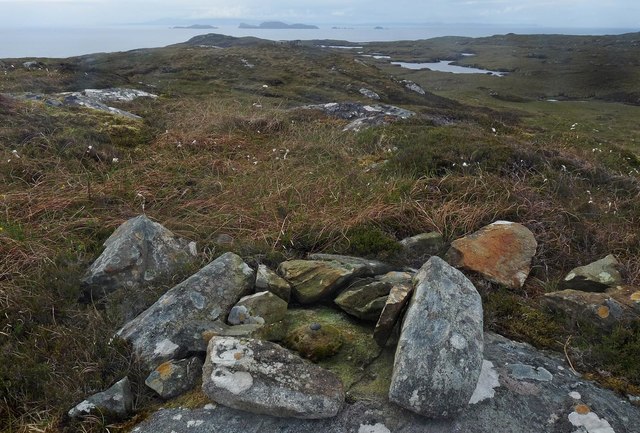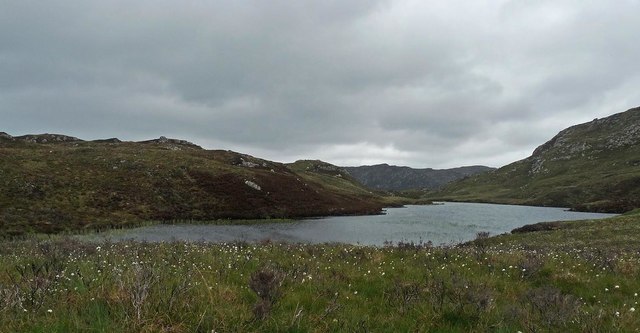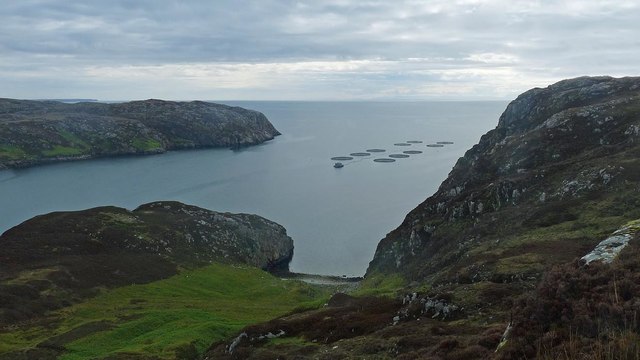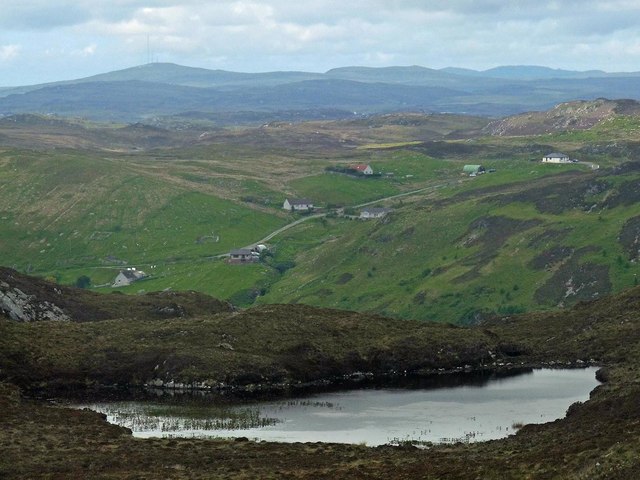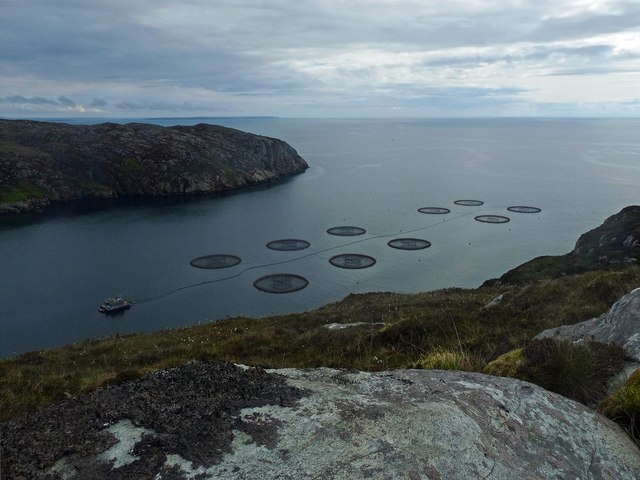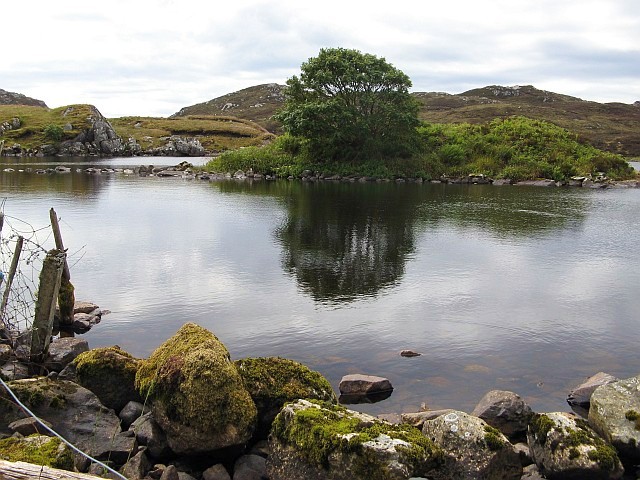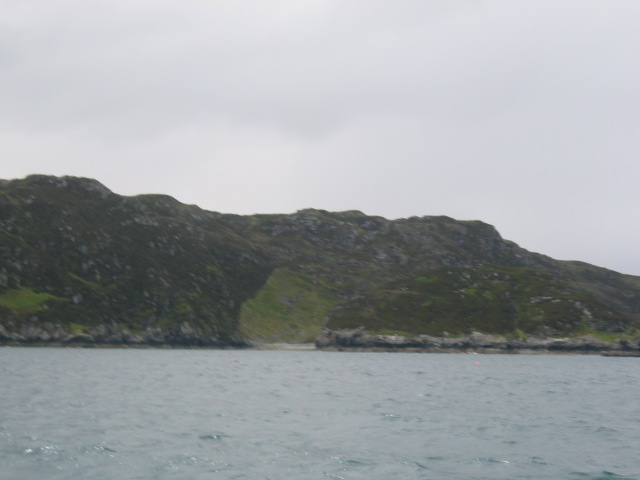Airighean na Ceannamhoir
Cliff, Slope in Ross-shire
Scotland
Airighean na Ceannamhoir
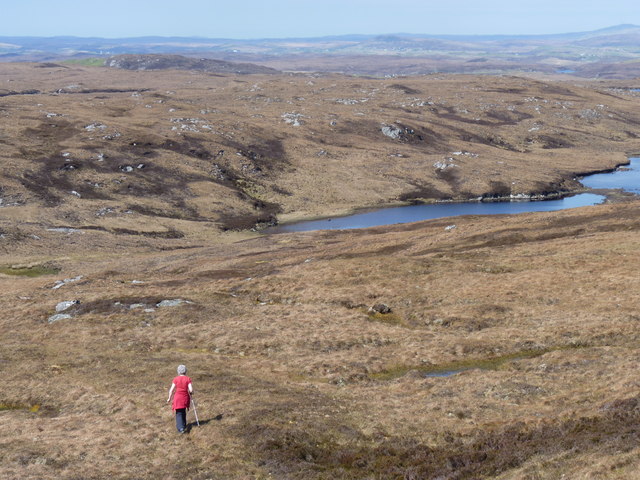
Airighean na Ceannamhoir, also known as Cliff, Slope, is a prominent geographical feature located in Ross-shire, Scotland. Situated in the western part of the county, it is a stunning natural formation that attracts visitors from far and wide.
The cliff, slope rises majestically from the shores of the North Atlantic Ocean, offering breathtaking panoramic views of the surrounding landscape. Its elevation varies, reaching heights of up to 200 meters in some places, making it a remarkable sight to behold.
The rugged and steep terrain of Airighean na Ceannamhoir is composed of a variety of sedimentary rocks, primarily sandstone and shale, which add to its unique geological character. Over the years, the relentless erosion caused by wind, rain, and the crashing waves has shaped the cliff, creating striking formations and crevices along its surface.
The area surrounding Cliff, Slope is rich in biodiversity, with numerous species of plants and animals making it their home. The cliff face provides nesting sites for various seabirds, including puffins, guillemots, and razorbills, making it a haven for birdwatchers and nature enthusiasts.
Access to Airighean na Ceannamhoir is facilitated by well-maintained walking trails and viewpoints, allowing visitors to explore and appreciate its beauty safely. Local authorities have taken steps to ensure the preservation of the area's natural heritage by implementing conservation measures and promoting responsible tourism.
Airighean na Ceannamhoir, with its dramatic cliffs, stunning views, and diverse wildlife, is a true gem of Ross-shire, providing an unforgettable experience for all who venture to its shores.
If you have any feedback on the listing, please let us know in the comments section below.
Airighean na Ceannamhoir Images
Images are sourced within 2km of 58.039675/-6.3984939 or Grid Reference NB4014. Thanks to Geograph Open Source API. All images are credited.

Airighean na Ceannamhoir is located at Grid Ref: NB4014 (Lat: 58.039675, Lng: -6.3984939)
Unitary Authority: Na h-Eileanan an Iar
Police Authority: Highlands and Islands
What 3 Words
///pram.yawned.plump. Near Leurbost, Na h-Eileanan Siar
Related Wikis
Gravir
Gravir (Scottish Gaelic: Grabhair), is a village on the shore of Loch Odhairn (a sea loch) in the Park district of the Isle of Lewis. Gravir is within...
Calbost
Calbost (Scottish Gaelic: Calabost) is a village on the Isle of Lewis in the Outer Hebrides, Scotland. Calbost is within the parish of Lochs, and within...
Orinsay
Orinsay (Scottish Gaelic: Orasaigh) is a crofting village on the Isle of Lewis in the district of Pairc, in the Outer Hebrides, Scotland. The settlement...
Eilean Liubhaird
Eilean Liubhaird or Eilean Iubhard is an island in the Outer Hebrides, to the east of Lewis. == Geography and geology == The rock is "gneiss bedrock with...
Have you been to Airighean na Ceannamhoir?
Leave your review of Airighean na Ceannamhoir below (or comments, questions and feedback).
